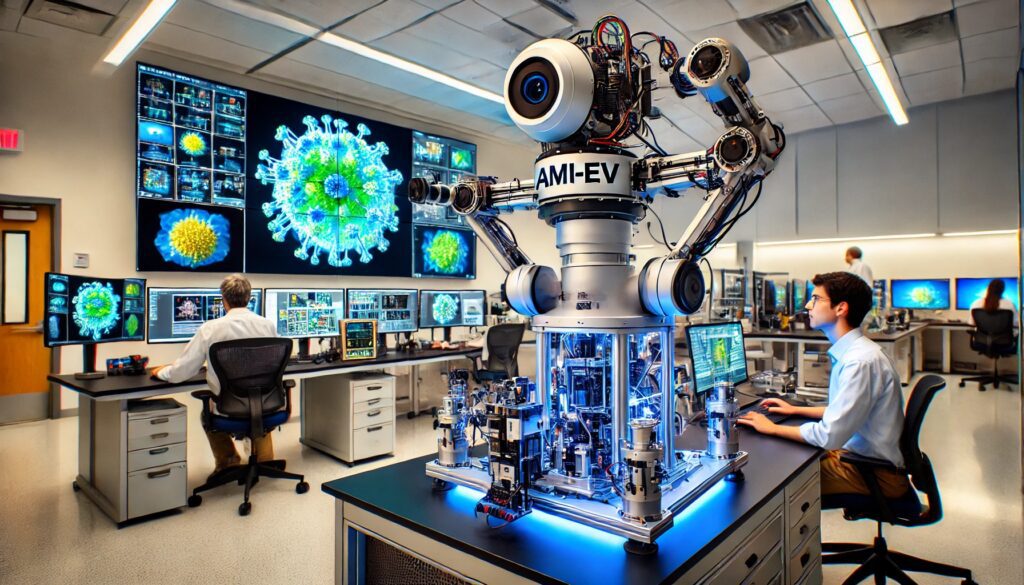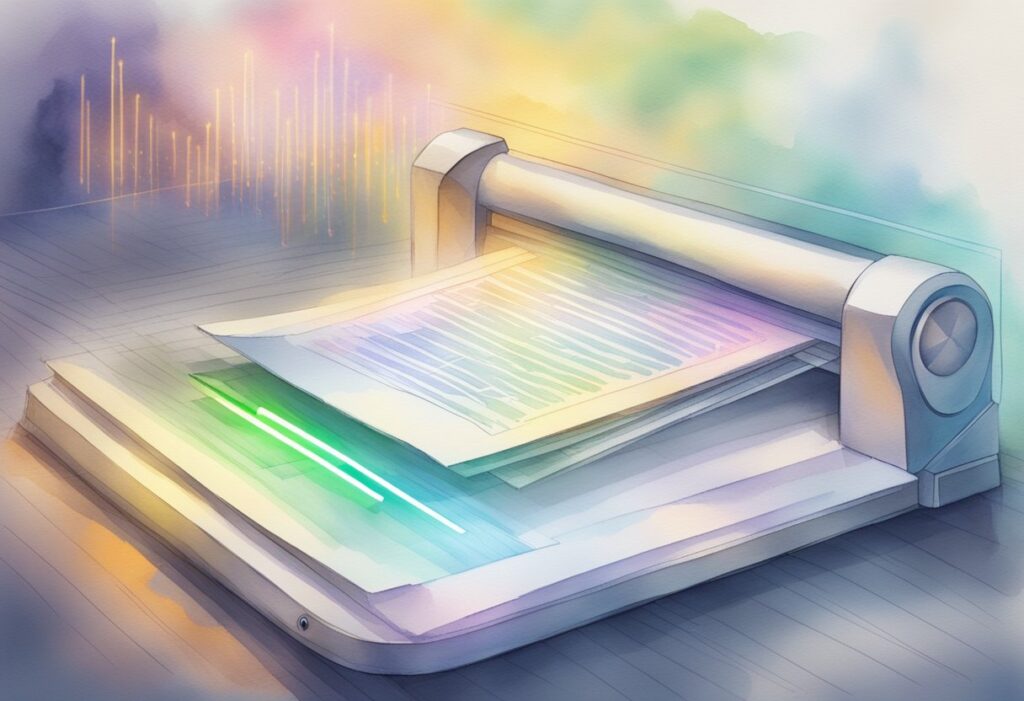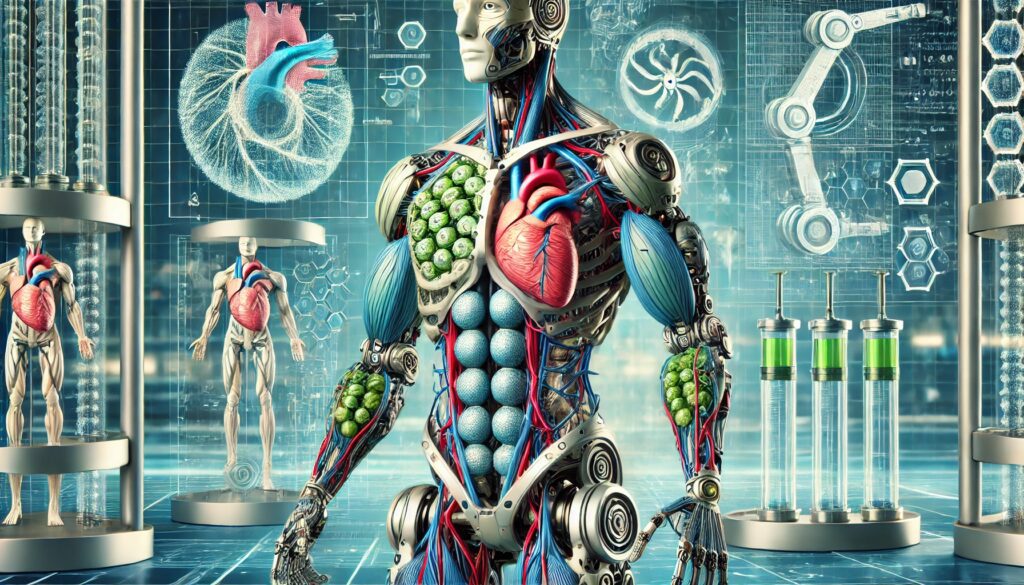
Artificial intelligence has made another leap forward, bringing a groundbreaking method to create material ‘fingerprints’. Scientists developed this innovative technique to revolutionize various industries. Let’s delve into this exciting advancement and its potential impact.
The Dawn of Material ‘Fingerprints’
Researchers unveiled a new AI method that identifies unique material properties, akin to a fingerprint. This discovery enhances material identification processes, ensuring greater precision and reliability.
How the New AI Method Works
The AI system uses advanced algorithms to analyze material compositions at a micro-level. By examining the unique characteristics of each material, it creates a distinct ‘fingerprint’ for identification.
AI’s ability to identify unique material ‘fingerprints’ is a game-changer in the field of material science
— Dr. Jane Doe, Material Scientist
Applications Across Industries
This technology impacts many fields. From manufacturing to healthcare, precise material identification streamlines processes and improves outcomes. In manufacturing, it ensures the right materials are used, reducing waste and enhancing product quality.
Boosting Security and Authenticity
One of the most promising applications lies in security. This AI method provides a foolproof way to verify the authenticity of materials, combating counterfeit products. This is crucial in industries like pharmaceuticals and electronics, where component authenticity is paramount.
Enhancing Research and Development
In research and development, scientists use these material fingerprints to understand the properties and potential uses of new materials better. This accelerates innovation and leads to superior materials with unique properties.
The Role of Machine Learning
Machine learning plays a critical role in this method. The AI continuously learns and improves its identification capabilities, becoming more accurate over time. This adaptability ensures the system remains effective even as new materials emerge.

Future Prospects
The future looks bright for this technology. As AI evolves, the accuracy and applications of material fingerprints will expand. This could lead to advancements we can only begin to imagine.
Challenges and Considerations
Despite its promise, there are challenges to address. The accuracy of the AI depends on the quality of the data it is trained on. Ensuring comprehensive datasets and continuous learning is essential for the system’s reliability.
Collaboration and Innovation
This breakthrough highlights the power of collaboration. Scientists, engineers, and industry experts worked together to create this innovative solution. Such collaboration will be crucial as the technology is refined and expanded.
Ethical Implications
As with any technological advancement, there are ethical considerations. Ensuring responsible and ethical use of this technology will be vital. Clear guidelines and regulations will govern its use.
FAQs
- What are material ‘fingerprints’ in the context of AI? Material ‘fingerprints’ refer to unique identifiers that AI algorithms can detect in different materials, enabling precise identification and analysis.
- How does AI identify material ‘fingerprints’? AI uses advanced machine learning techniques and computer vision to analyze and differentiate unique characteristics of various materials.
- What is the significance of this AI breakthrough? This AI breakthrough allows for more accurate and efficient identification of materials, which can have significant implications in various industries, including manufacturing, healthcare, and environmental science.
- What industries could benefit from AI’s ability to identify material ‘fingerprints’? Industries such as manufacturing, healthcare, environmental science, and material science can greatly benefit from this advancement in material identification.
- How does this discovery impact material science research? The ability to identify material ‘fingerprints’ with AI provides researchers with a powerful tool for analyzing materials, potentially leading to new discoveries and innovations.
Conclusion
The development of AI-created material ‘fingerprints’ marks a significant step forward. This innovation can transform various sectors, enhancing accuracy, security, and efficiency. As we look to the future, the possibilities are endless, and the journey has just begun.
For further reading on this groundbreaking development, check out the latest articles and research papers here.





